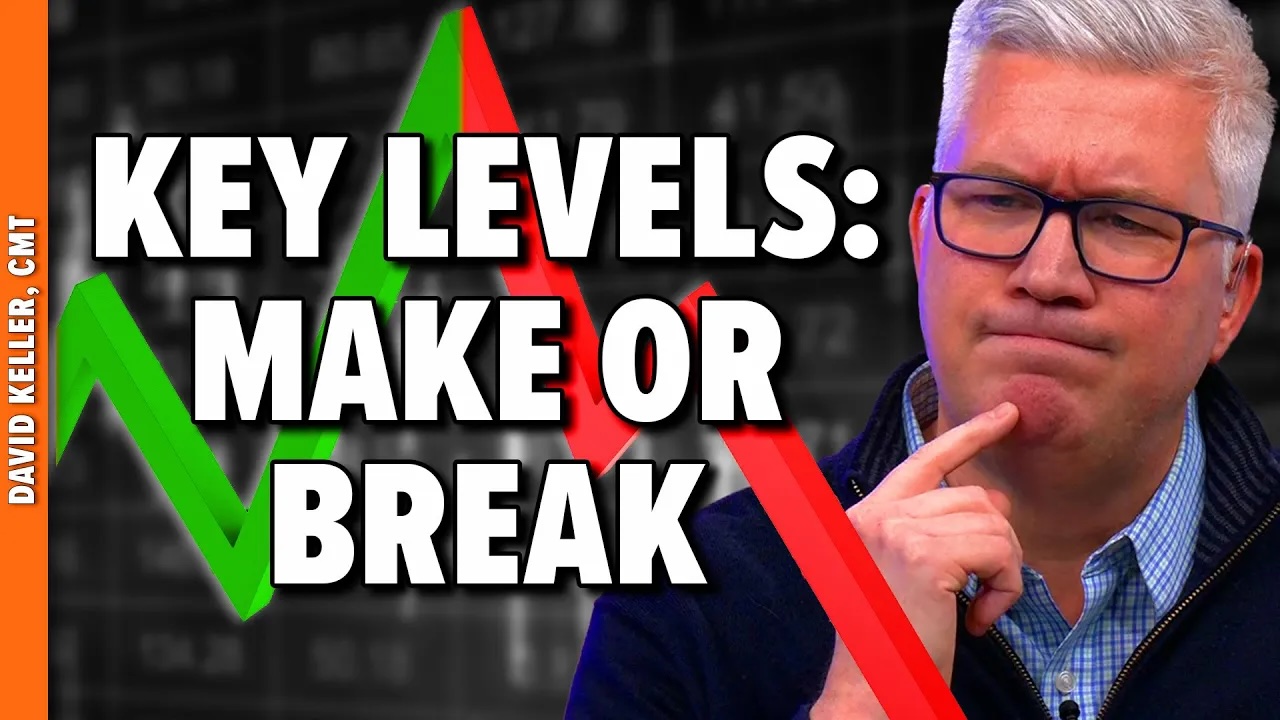 Most blog authors on StockCharts.com are writing about the current markets and do an exceptional job. I do not write about the current markets as I wanted to share my experiences after 40+ years as a technical analyst. Not only experiences with trading and investing, but model building and money management. I also share the details of all the Master’s degrees I have – those expensive learning experiences that hopefully I learned something from. Since I rarely go back into the archives of other’s blogs that I read, I wondered if that is common or not. Hence, after talking with Chip, a summary of my past articles might encourage new readers to take a look as most of the material is timeless. That’s timeless, not worthless! This is the fifth of the summary series and starts in April, 2016 and ends in July, 2016. I’ll try to do future summaries whenever I have a dozen or so articles to include. You can click on the article name for a link directly to the article.
Most blog authors on StockCharts.com are writing about the current markets and do an exceptional job. I do not write about the current markets as I wanted to share my experiences after 40+ years as a technical analyst. Not only experiences with trading and investing, but model building and money management. I also share the details of all the Master’s degrees I have – those expensive learning experiences that hopefully I learned something from. Since I rarely go back into the archives of other’s blogs that I read, I wondered if that is common or not. Hence, after talking with Chip, a summary of my past articles might encourage new readers to take a look as most of the material is timeless. That’s timeless, not worthless! This is the fifth of the summary series and starts in April, 2016 and ends in July, 2016. I’ll try to do future summaries whenever I have a dozen or so articles to include. You can click on the article name for a link directly to the article.
Article Summaries 2-2015 to 3-2016 – April 6, 2016
The first article in this summary is what this current article is all about. Periodically, about every 10-12 articles I produce a summary of the recent past articles. As explained above, hopefully my articles have some shelf-life.
Candlestick Analysis – Statistics III – April 11, 2016
I started the Candlestick Analysis series a couple of months ago. In my vast research on the subject I generated significant statistics on the performance characteristics of Japanese candle patterns. This article’s focus was on one of the most important of those statistics, the Net Profit / Loss per Trade. The data used was all optionable stocks on the New Your Stock Exchange, American Stock Exchange, and the NASDAQ; at total of 2277 stocks. The number of days of data amounted to 5,490,000 days. There were 701,402 candle patterns that appeared in all of this data.
Know Thyself II – April 21, 2016
This is the second article in my Know Thyself series. This is a series that deals with biases and heuristics, the human frailties that will destroy your trading and investing abilities. The investing biases covered in this article are: Availability, Calendar Effects, Cognitive Dissonance, Disposition Effect, and Loss Aversion/Risk Aversion. In addition, I included what I call Bias Tracks which show you how these investing biases can string along and are serially related.
Candlestick Analysis – Filtering – April 27, 2016
In the almost 30 years I have been studying Japanese candlesticks and candle patterns, I was never completely satisfied in their abilities. Then once, during a dream, I realized that combining them with Western techniques could greatly improve their performance and in particular, their reliability. Filter the pattern with Stochastics was the most successful of these techniques. It is quite simple; when %D is above 80 look, for bearish reversal candle patterns, when %D is below 20 look for bullish reversal candle patterns. The chances are a pattern will occur before %D yields a similar signal.
Candlestick Analysis – Performance – May 4, 2016
This was my attempt to shoe the performance of candle patterns relative to the performance of many popular classical technical indicators. I used over 14 million days of data on the following: Candle Patterns, Insync Indicator, Directional Movement, Ease of Movement, Money Flow, Slow Stochastics, Fast Stochastics, Price Detrend Oscillator, MACD, Rate of change, RSI, Commodity Channel Index, Price Breakout, and Bollinger’s Volatility Indicator.
Candlestick Analysis – Putting It All Together – May 10, 2016
This was the closing (final) article in the Candlestick Analysis series; and was I glad. Here I tried to show how you could put together a process of using candle patterns along with their statistics, volume of the stock, trend analysis, pattern breakdown, support and resistance, supporting indicators, and filtering. Assigning values to each of these would give you a reasonable probability of the pattern being successful.
WHY Technical Analysis Works – June 1, 2016
The first in my WHY series of articles. Not only a promotional piece for technical analysis, but an attempt to show you why it works, especially when compared to the other disciplines available. Most often, the result is that it covers up for all the human frailties that exist. It offers a solution to overcoming your emotions.
As the title might give away, this is about two short pieces that I wanted to write about but each did not justify an entire article. The first is Mutual Funds and how they work. Many think they are hiring a money manager when they buy a mutual fund. Not so! You are hiring an objective manager. One who is required by law to manage to the objective mentioned in the fund’s prospectus. The second is that sometime your investing success just depends upon when you were born. There are long bull markets where almost everyone can do well, and then there are long periods of sideways markets that makes it tough on just about everyone; that is except those who don’t trade with real money.
WHY Price is so Important – June 15, 2016
Too often, I see prominent market technicians using technical analysis techniques on data that does not trade. They have completely forgotten (assuming they ever knew) that the basic premise of technical analysis is price. Price as determined by buyers and sellers in the free auction market. This is why support and resistance works. Doing technical analysis on data that does not trade is a fool’s game. Here are some examples of data that does not trade: advance decline line, most technical indicators including moving averages, the noon temperature in New York, US Housing starts, all economic data.
WHY Some Make Forecasts – June 22, 2016
The forecasting business is gigantic. Sadly, it is also a colossal failure. No one know the future, and guessing about it is a fool’s game. I show a number of examples of famous people who were just plain wrong. I also explain why many like to read or hear forecasts. This gives the unsure someone to blame when their investments do poorly. Sad indeed!
WHY I Have Faith in Technical Analysis – June 29, 2016
Sometimes things just don’t seem to work out as well you one had hoped. This is normal. In this article I attempt to explain why I think technical analysis is the best solution for most. It is soundly better than fundamental analysis, and it overcomes emotion and instills discipline. Study it, understand it, and you will have faith in it.
Overbought / Oversold – July 6, 2016
Overbought and oversold have got to be the most over used terms in this business. Yet they are wildly subjective. I show an example using %D and how the typical analysis of overbought and oversold will beat the tar out of you; when using %D as a trend analysis technique works fairly well. Plus, even thinking in terms of overbought and oversold when look at unbounded measure is certainly laughable.
WHY So Many Esoteric Things Are Attached to Technical Analysis – July 27, 2016
Wow, did I enjoy writing this one. I am on record for stating that many things have been attached to technical analysis that are so far away from being technical analysis that it is scary. In this example I use Fibonacci numbers, a relatively simple time series that seems to be part of everyone’s arsenal. Sadly, those who use it clearly do not understand it, or are newsletter writers and talking heads that do not trade with real money. Once one trades with real money, the smoke and mirrors stuff goes away quickly.
Dance with the Trend,
Greg Morris






